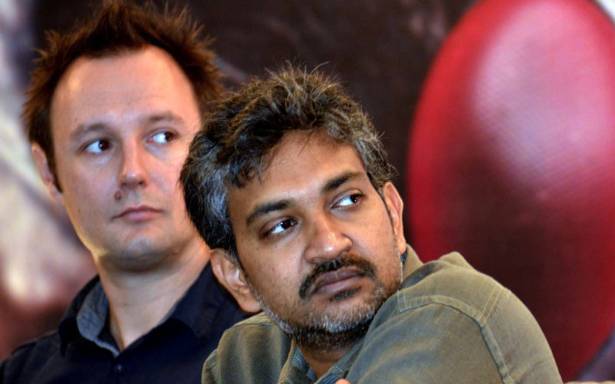
Makuta VFX did what very few could in its first year of functioning. It won a National Award for the best visual effects. Thereafter, there was no looking back as the studios would go on to produce VFX for south blockbusters and pull up a tree after another.
Now seven years since its inception, Makuta stands as one of the major-domos in the industry.
Animation Xpress got in cahoots with Makuta co-founder and CEO Pete Draper, who talks about their recent work, what the future holds for VFX and the secret behind the name ‘Makuta’!
Tell us about the latest work of Makuta Studio in the last one year. What were the challenging VFX scenes in them and how it was achieved in short?
The primary work we did during that time was Baahubali: the Conclusion. In addition to this, we also worked on several local features and also Marvel’s Legion with Baahubali taking up the majority of our resources. To achieve the quality that the client requires, it’s all about planning and research, from the production department through to the individual artists managing their time and resources along with researching the effect that is to be achieved. Research is paramount to get an effective right as it’s all about breaking down the aesthetic, ensuring that each element is referenced from the dynamics to the materials, lighting and composition integration, matte paint production to gel seamlessly and final comp. It’s a huge team effort and without the artists working together as closely as possible it wouldn’t work.
Why has been Makuta studio named so?
We were toying with different ideas back in the days before we founded. This was one that was proposed by one of our investors, Raja, which roughly translated as the jewel in the crown, which we thought it was something poignant and also something to aspire to.
How has Makuta grown from a small studio to an international studio in a short time? Reason behind the sky? How do you plan to project Makuta ahead?
Our primary principle has always been about the quality of the work and hopefully our reputation within the industry has emphasised this. We’re pretty meticulous when it comes to the content we produce and its pretty much down to the artists we work with but also through education; not only for the in-house talent but also when working on set and with the clients to ensure we’re achieving their vision in full, giving the best advice to achieve this along with suggesting alternatives to get something pretty cool! Pushing forward, we’re keeping things pretty close to our chests at the moment. We have several plans which are huge and are being developed behind the scenes. As a business we need to stay competitive but also try to push the envelope and keep the studio’s reputation up there. It’s very exciting times ahead and as always, our goals are high.
What are your upcoming projects?
Unfortunately we’re currently bound by NDA for most, however we can say that we’re currently working on Rajinikanth’s next feature – Kaala. Shooting is currently in progress and we’re there fully!
Tell us about the management changes or any changes in the creative team.
There’s been no changes in the last five years; we’ve seen several artists join us and some others go on to other ventures such as working overseas for large studios in the US and China. We’re still in touch with them and are even working with them on new projects! We’ve expanded our R&D side and also are concentrating a lot more in creative development such as concept work so we can provide a tighter end-to-end service when working with production designers on features. We’re also branching into other areas which are pretty exciting but can’t say anything about it at the moment!

Any new technology that has been recently developed and has not been released?
Yes. But aside from our in-house developed VFX logging app, we can’t say much else… IP you know… ! We’re planning to finalise and release the app in the next few months to the industry so it’s a pretty exciting time, especially as we’re trying to get things enforced to be logged neatly across projects and across studios which is one of our primary goals.
What do you think about the present status and future of our VFX industry?
It’s growing and has been for the past few years, however we all need to ensure that it doesn’t stagnate and that we’re constantly pushing the envelopes of what can be done creatively with the tools and resources we have. We need to develop the talent further by giving the artists time to develop and to work on interesting and challenging projects which, in turn, lies with the content creators and directors who are willing to push the envelopes along with the producers to take risks to finance such projects. Only then will we develop and take things to the next stage – to become an industry which has sustainable growth along with the creative talent to support it.

